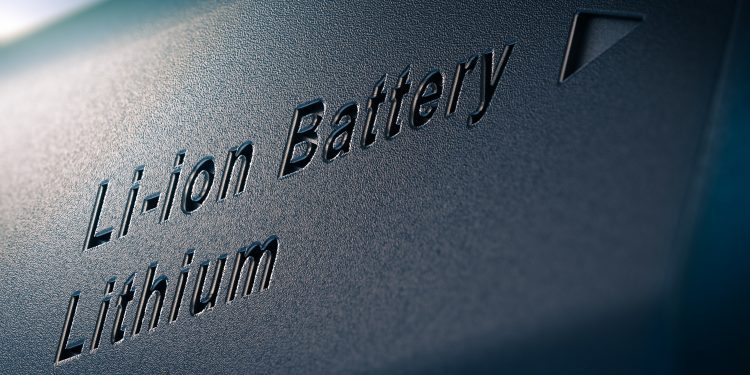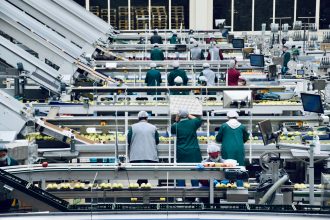Understanding Lithium-Ion Batteries

As Lithium-ion (Li-ion) batteries become more readily available and affordable, more companies will look to Lithium-Ion options to power their forklift fleets. There are many justifications for these swap-outs, and companies can benefit from understanding the why and how of the process. MHI’s Advanced Energy Council (AEC) is serving an important role in educating and standardizing the processes involved.
To understand why lithium-ion batteries are taking on an increasingly larger portion of forklift motive power, it’s key to know their advantages are over other chemistries. Advantages include high energy density, a much longer cycle life, better safety and ergonomics, and low maintenance requirements—there’s no swapping out batteries, watering, or special room needed for charging.
Another factor to understand with Li-ion batteries is their stable performance with any discharge rate. In lead-acid batteries, as the discharge rate increases, the voltage and performance do, too. With Li-ion batteries performance remains steady even at high current. The result is that you can get the same performance from a 600-amp/hour lithium-ion battery as from an 850-amp/hour lead-acid battery of the same voltage.
Li-ion is the base chemistry of the energy source, and understanding the key components of a Li-ion battery pack is important, too. The entire system uses Li-ion cells as building blocks and includes a battery management system, connectors, an enclosure, and more. The cells are wired in various ways, from positive to negative, which increases voltage or positive to positive and negative to negative, increasing capacity.
A fundamental feature is the battery management system (BMS), which monitors the health of the battery and provides a safety disconnect if needed. It also monitors the state of the charge, the state of heating and cooling, manages remote communication, advanced current control, and more.
There are standard terms and definitions that go along with Li-ion batteries, and the AEC is hoping to help users understand them correctly. Terms include controller area network (CAN) which is a communication protocol from the battery to the truck and to the charger; battery discharge indicator (BDI) which communicates the battery’s state of charge; and the aforementioned BMS.
Users should also understand cycles, which are defined differently from lead-acid, and refer to the warranty and longevity of a battery. For instance, 100 percent discharge and charge back to 100 percent count as one cycle, whereas a battery has been discharged and charged 10 times from 100 to 90 percent and back. Calendar life, on the other hand, is the time for which a battery can be stored. End of life is defined as a percentage of original rated capacity, so a Li-ion warranty would be 3000 full cycles to 70% of original capacity, as an example.
Finally, users should know the three types of battery/forklift integration. These include a drop-in lithium battery with an external BDI; a chassis-integrated lithium battery; and a controller area network (CAN) integrated lithium battery. Each has pros and cons, and it’s important to speak with your OEM when deciding how to go. The AEC is helping bring battery, charger, and forklift manufacturers together to develop education and standards, ultimately leading to better choices, improved efficiency, and safety.
The Advanced Energy Council recently presented on the topic of “Integrated Lithium Battery in MHE – Types, Standards, and Benefits” at ProMat 2023. To view a full recording of the seminar, please visit the ProMat Site.
For more information about the Advanced Energy Council: www.mhi.org/aec
For further articles from the Advanced Energy Council:



